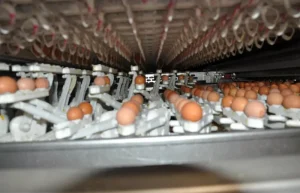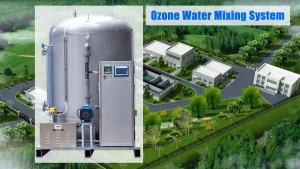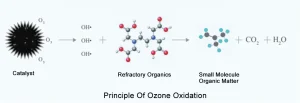Seed disinfection purpose:
Generally, seeds often carry all kinds of pathogenic bacteria. Therefore, before sowing, seeds must be disinfected first, so as to reduce diseases during seedling period and make seedlings grow steadily. Seed disinfection is the most basic and important step to prevent and control seedling diseases. At this stage, the scope of prevention and control is small and concentrated, so it is the most economical. At present, almost all production-oriented seedling farms use sterilized seeds for seedling raising. Because of its few diseases, neat emergence, strong seedlings and high transplant survival rate, the risk of seedling farm management is relatively reduced.
Seed disinfection method:
Seed disinfection should not only remove infectious bacteria attached to the outside and inside of the seed, but also not affect the vitality, germination, and subsequent growth of the seed. The commonly used methods for seed disinfection include warm soup disinfection, dry heat disinfection, and chemical disinfection. Warm soup and dry heat disinfection need to consider the temperature tolerance of the seed itself and its pathogenic bacteria, which is less suitable for sterilization treatment of high temperature sensitive seeds. The disinfection process requires precise temperature control to avoid insufficient sterilization affecting disinfection efficacy or excessive sterilization damaging seed germination; Chemical disinfection is currently a widely used method for seed disinfection. In addition to potentially affecting the safety of crop consumption, the waste liquid after sterilization is usually dumped casually, which directly endangers environmental safety.
Ozone Characteristics:
Ozone is a strong gaseous oxidant at room temperature, which can oxidise the cell body, destroy the DNA of the bacteria and the RNA of the virus, and cause its metabolism to be damaged, resulting in the death of the bacteria, which is commonly used in the sterilisation of drinking water and the treatment of wastewater. Ozone is a simple gas that can be produced directly from air or oxygen by high pressure discharge. The effectiveness of ozone in sterilisation depends on the concentration of ozone and its duration of action. By controlling the concentration of ozone and its duration of action, the effectiveness of ozone in sterilisation can be adjusted.
Ozone inhibits the respiration of microorganisms and can prevent mould from rotting due to bacterial infection and malformed buds. The germination potential and germination rate of seeds increased. On the other hand, treatment of chilli seeds with low concentrations of ozone gas increased AMS activity while accelerating starch decomposition and respiration rates, resulting in increased germination potential and germination rate.
































